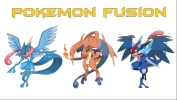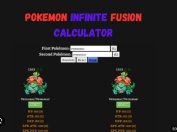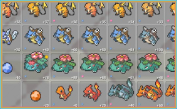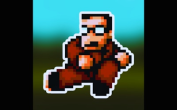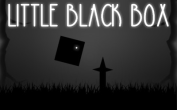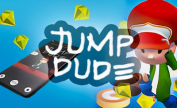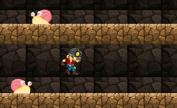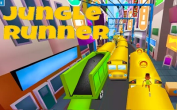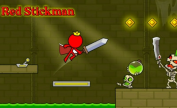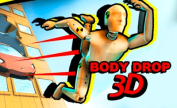Pokemon Snap Station
Exploring the Pokemon Snap Station Game and How to Play It
The Pokemon Snap Station game holds a nostalgic place in the hearts of many gaming enthusiasts, serving as a unique and innovative way to bring the virtual world of Pokemon into the tangible realm. To understand the essence of this game, let's delve into the questions: What is the Pokemon Snap Station game, and how do you play it?
Overview of Pokemon Snap Station:
The Pokemon Snap Station was not a standalone game but rather a marketing initiative by Nintendo. It operated as a kiosk, typically located in Blockbuster Video stores, where players could transform their in-game experiences into physical keepsakes. This initiative was part of a larger campaign that Nintendo orchestrated with various partners in different regions.
Collaborations with Retailers:
Nintendo collaborated with prominent retailers for this venture. In North America, Blockbuster Video stores hosted the kiosks, while in Japan, Lawson was the chosen partner. Australia saw the initiative in Toys "R" Us and Myer stores. The collaboration aimed to enhance the gaming experience by providing players with the opportunity to print out their Pokemon Snap and Pokemon Stadium photos.
The Pokemon Snap Station Setup:
The station itself was a modified Nintendo 64 kiosk. It featured an additional slot for the player's game cartridge, a printer, and a slot for the player's Snap Station card. The Snap Station card served as a means of payment for the printing service.
Printing Process:
To bring their digital memories to life, players followed a simple process. First, they played Pokemon Snap or Pokemon Stadium at home, capturing memorable moments. Afterward, they brought their game cartridge or memory card to the Blockbuster store. There, they purchased a Snap Station card loaded with credit.
Inserting the cartridge and Snap Station card into the designated slots, players were prompted to choose which photos they wanted to immortalize. Once the selection was made, the Snap Station worked its magic, producing a sheet of 16 stickers featuring the chosen Pokemon photos. The stickers were about the size of a postage stamp and showcased the selected character in full color.
Cost and Availability:
The cost for this tangible piece of the Pokemon world was $3 per sheet. Players could choose from 4 sets of four photos of a single character, or if they were Pokemon Stadium players, they had the option of obtaining 16 different stickers. This initiative, launched in November 1999 in North America, remained active for approximately a year.
Game Controls:
For those wondering how to navigate the Pokemon Snap Station game controls, they mirror the classic Nintendo 64 setup. Users can control directions with arrow keys, use enter to start, and J and K for A and B functions, respectively. The emulator screen provides a virtual joystick with W, A, S, and D keys, while Q and E stand in for L and R buttons. The spacebar acts as the Z button, and C-buttons are represented by U, I, L, and O keys.
In conclusion, the Pokemon Snap Station game stands as a unique blend of virtual and physical gaming experiences, allowing players to immortalize their adventures in the Pokemon world through tangible stickers. The initiative, though short-lived, left a lasting impact on the gaming community, embodying the creativity and innovation inherent in the Pokemon franchise.
Categories & Tags



